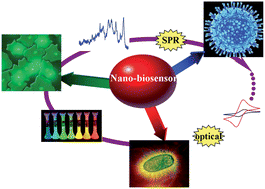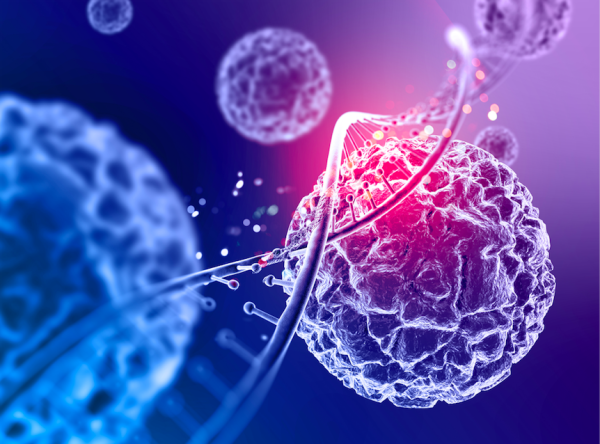The ability of nano-biosensors to identify nano, bio-biosensor and features such as sensitivity, flexibility and capability of this nano-sensor (PhD in nano-microelectronics)
Researcher and author: Dr. ( Afshin Rashid)
Note: Types of electromagnetic nanoparticles can be used in biosensors. And in order for magnetic nanoparticles to have biological applications , they must be biocompatible and biodegradable.
In fact, biosensors are analytical tools that can use biological intelligence to detect and react with a compound or compounds . The product of this reaction can be a chemical, optical or electrical message. Many biosensors used for biological applications are capable of detecting Ca, etc., and detecting parameters such as temperature, pressure, pH . In addition, they can be used as a bio-diagnostic system for substances such as enzymes, antibodies, antigens and microorganisms. In general, biosensors consist of three basic components: The sensor element, which responds to biological substances, has a biological nature . This element must be connected to a converter Converters (nano-biosensors) are divided into several categories, which are based on the received signals: electrochemical, optical, thermal, piezoelectric, etc. The third part is the processor, which is responsible for displaying the signals converted by the converter . In addition to the attractive properties of nanomaterials, the way to build a wide range of electrochemical sensors that improve the power of analysis .
Nanotechnologies have had a great impact on nano-biosensors so that it is now possible to provide a variety of nanomaterials with controllable size, shape, surface load and desirable physical properties. The potential for use as a non-invasive diagnostic tool and the combination of multiple methods in one probe are two major advantages of nanomaterials that can be mentioned. All these factors lead to high sensitivity in them and a deeper understanding of environmental processes. The ability of nano-biosensors to identify nano-bio-biosensor and features such as sensitivity, flexibility and capability of this sensor can be used as a new model in analytical and clinical tools. Nanomaterials usually increase the sensitivity of sensors in nanomaterials Electrochemical or nanobiological enhancement. Among the developed nanomaterials, structures such as carbon nanotubes (CNTs), silicon nanowires (SiNWs), and conductive polymer nanotubes (CPNTs) have been used extensively in the fabrication of sensitive sensors. In the case of nano-biosensors, critical dimensions are directly related to the measurement performance of nano-biosensors, such as the dimension that controls the amount of surface area available for graphing diagnostic elements , or the dimension that measures the strength of a signal in nano- electrochemical biosensors. Or the available surface that detects the formation of complexes between the detector elements and the target analytes in nanocensors with mechanical converters Gives. Structures such as nanowires, metal nanoparticles, magnetic nanoparticles, single-cavity plates, and carbon nanotubes can be used for nanochemical measurement due to their unique nanoelectric, optical, and magnetic properties .
Conclusion :
Types of electromagnetic nanoparticles can be used in biosensors. And in order for magnetic nanoparticles to have biological applications , they must be biocompatible and biodegradable.
Researcher and author: Dr. ( Afshin Rashid)
PhD in Nano-Microelectronics




